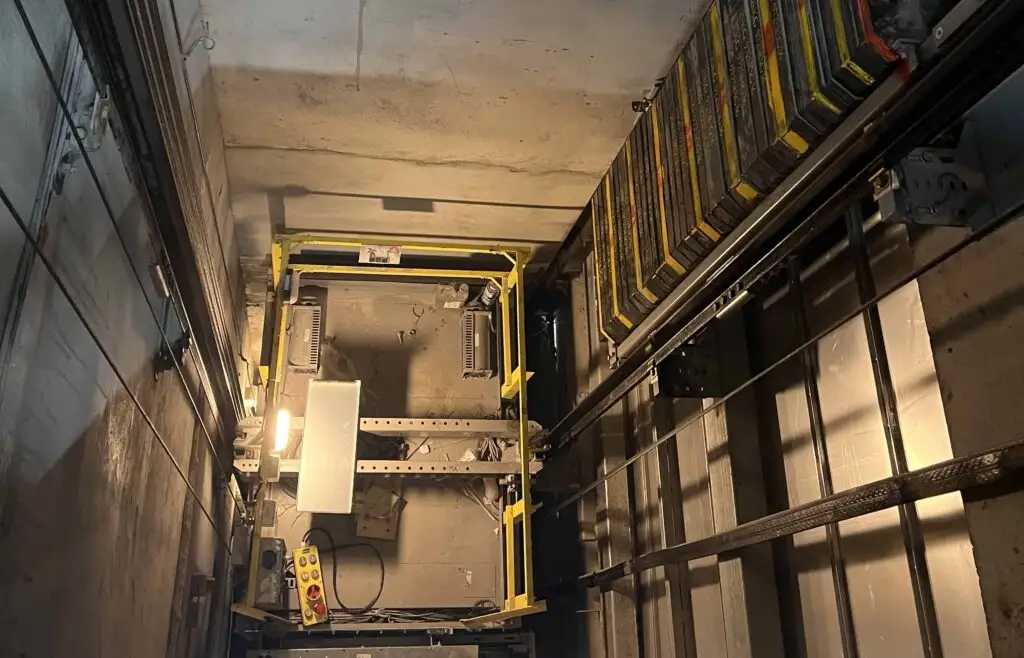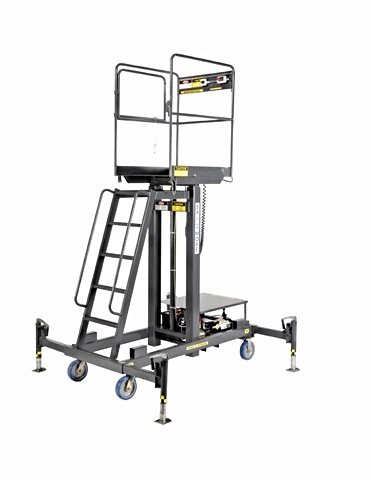Inexpensive Lift Maintenance Repair: Keeping Your Lifts Running Smoothly
Inexpensive Lift Maintenance Repair: Keeping Your Lifts Running Smoothly
Blog Article
Pro Tips for Keeping Your Lift in Top Problem: A Detailed Review
Ensuring the optimal functioning of a lift system is essential for a reliable and risk-free procedure in various settings, from industrial stockrooms to industrial buildings. By sticking to a structured upkeep routine and preemptively resolving potential issues, lift owners can minimize pricey downtime and security risks.

Relevance of Routine Upkeep
Regular upkeep of your lift is crucial to guarantee its optimum efficiency and long life. By sticking to a routine maintenance routine, you can determine and address potential problems before they intensify right into costly repairs or unexpected downtime. Routine upkeep jobs such as lubricating moving parts, inspecting for deterioration, and checking hydraulic systems can assist prevent breakdowns and ensure safe operation.
Ignoring regular maintenance not just endangers the efficiency of your lift yet additionally presents security dangers to customers and building. Components that are not appropriately kept might fail suddenly, leading to mishaps or damages to the lift itself. Additionally, addressing concerns at an early stage with maintenance can extend the life expectancy of your lift and reduce the probability of significant failures.
Along with enhancing safety and security and efficiency, regular maintenance can likewise conserve you money in the long run. By buying preventative maintenance measures, you can avoid costly repair services or substitutes that may develop from neglecting the upkeep of your lift. Generally, prioritizing normal maintenance is necessary for optimizing the capability and durability of your lift system.
Top Components to Check

Additionally, pay attention to the lift's safety attributes, such as emergency stop switches, security sensors, and interlocking systems, to ensure they are functioning correctly. Frequently evaluate the lift shaft for debris or blockages that can impede the movement of the lift cars and truck. Last but not least, do not neglect to take a look at the doors, joints, and door drivers to ensure smooth opening and closing procedures. By diligently inspecting these top elements, you can catch prospective issues early and guarantee your lift remains in leading condition.
Proactive Troubleshooting Strategies
When confronted with potential lift system problems, taking on aggressive fixing techniques can substantially boost operational efficiency and protect against costly downtime. Among the crucial positive troubleshooting methods is to consistently evaluate and check lift efficiency data. By tracking metrics such as lift speed, motor temperature, and power intake, maintenance teams can identify very early indicators of prospective problems and take corrective actions prior to they rise. Conducting regular aesthetic examinations of crucial elements, such as cords, sheaves, and security mechanisms, can additionally aid in detecting deterioration or misalignments that might cause breakdowns. Furthermore, executing a preventive upkeep schedule that includes lubrication of relocating components, testing of emergency brakes, and calibration of sensing units can proactively resolve typical lift system problems.
Additionally, purchasing training programs for upkeep personnel on repairing techniques certain to the lift model set up can equip them to diagnose and deal with issues quickly. By remaining in advance of possible issues with proactive troubleshooting, lift operators can make sure a smoother and much more reputable procedure while reducing the threat of unforeseen malfunctions.
Necessary Lubrication Practices
Implementing appropriate lubrication techniques is vital for guaranteeing the smooth procedure and long life of lift systems. Regular lubrication helps in reducing friction in between relocating components, avoiding deterioration that can bring about costly repair work and downtime. When it comes to lift upkeep, following a rigorous lubrication routine is vital.
Choosing the right lubricating substance is the very first step in effective maintenance. Different parts of the lift system might need particular types of lubricants, such as grease or oil. Speak with the manufacturer's guidelines to determine the proper lubricants for every component.

Consistently examining the condition of lubricated parts is additionally essential. Try to find indicators of too much wear, contamination, or insufficient lubrication. Deal with any issues quickly to avoid more damage and ensure the ongoing smooth procedure of your lift system. By focusing on correct lubrication techniques, you can expand best site the life expectancy of your lift and enhance its efficiency.
Precaution for Lift Operators
In order to maintain a risk-free functioning environment and support operational efficiency, lift operators have to carefully adhere to suggested safety protocols, along with focusing on vital lubrication techniques for optimal lift performance. Safety and security steps for lift drivers are vital to protect against accidents and ensure the smooth performance of the lift system.
Additionally, lift drivers have to focus on individual protective devices (PPE) such as headgears, gloves, and safety belt when operating at heights or dealing with hefty lots. Clear interaction amongst drivers, maintenance technicians, and various other employees is essential to avoid misunderstandings that can lead to mishaps. Lastly, operators should stay vigilant, concentrated, and stay clear of distractions while running the link lift to make sure the safety of themselves and others in the area.
Final Thought
To conclude, keeping a lift in leading problem is crucial for making sure security and performance in operations. Normal upkeep, comprehensive assessments of key elements, proactive troubleshooting, correct lubrication practices, and adherence to safety and security actions are vital for extending the life expectancy of the lift and stopping mishaps. By complying with these guidelines, lift operators can make certain the continued functionality and safety of their equipment.
By sticking to a structured maintenance program and preemptively attending to possible issues, lift proprietors can alleviate pricey downtime and security threats. Regularly examine the lift shaft for particles or obstructions that could hamper the movement of the lift car.In order to preserve a secure functioning atmosphere and maintain operational efficiency, lift operators need to rigorously adhere to recommended safety and security protocols, along with prioritizing necessary lubrication techniques for optimum lift performance. Safety measures for lift drivers are essential to stop accidents read this post here and make sure the smooth performance of the lift system. Regular maintenance, thorough examinations of key elements, aggressive troubleshooting, appropriate lubrication techniques, and adherence to security actions are crucial for extending the lifespan of the lift and protecting against mishaps.
Report this page